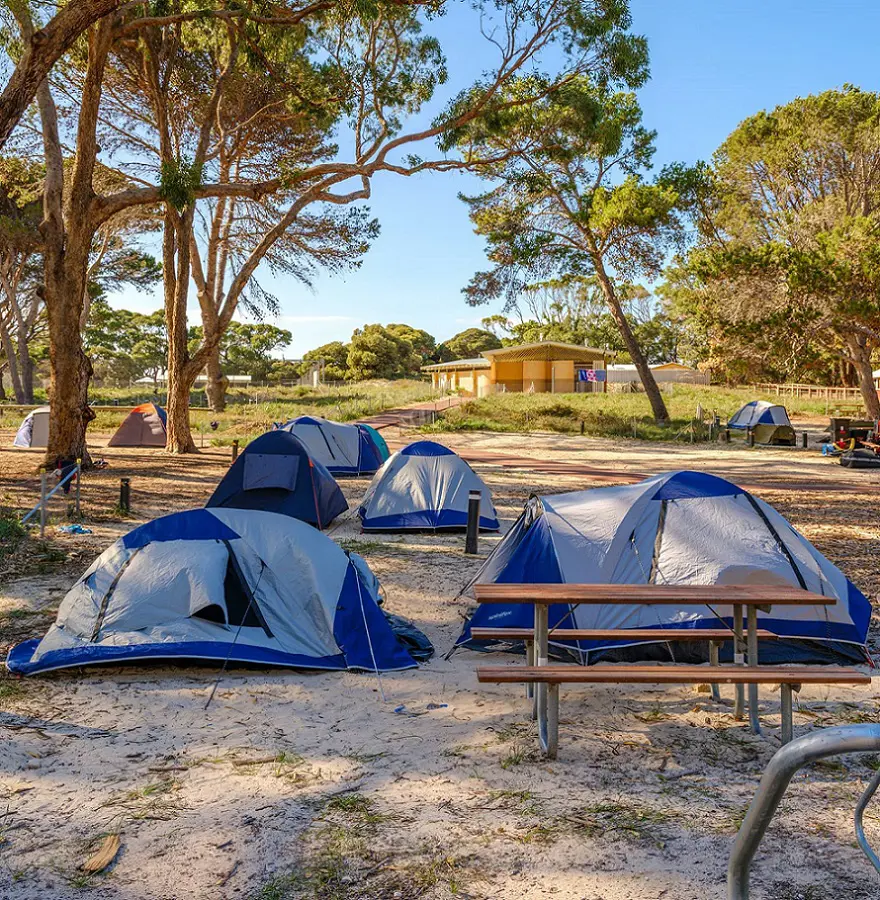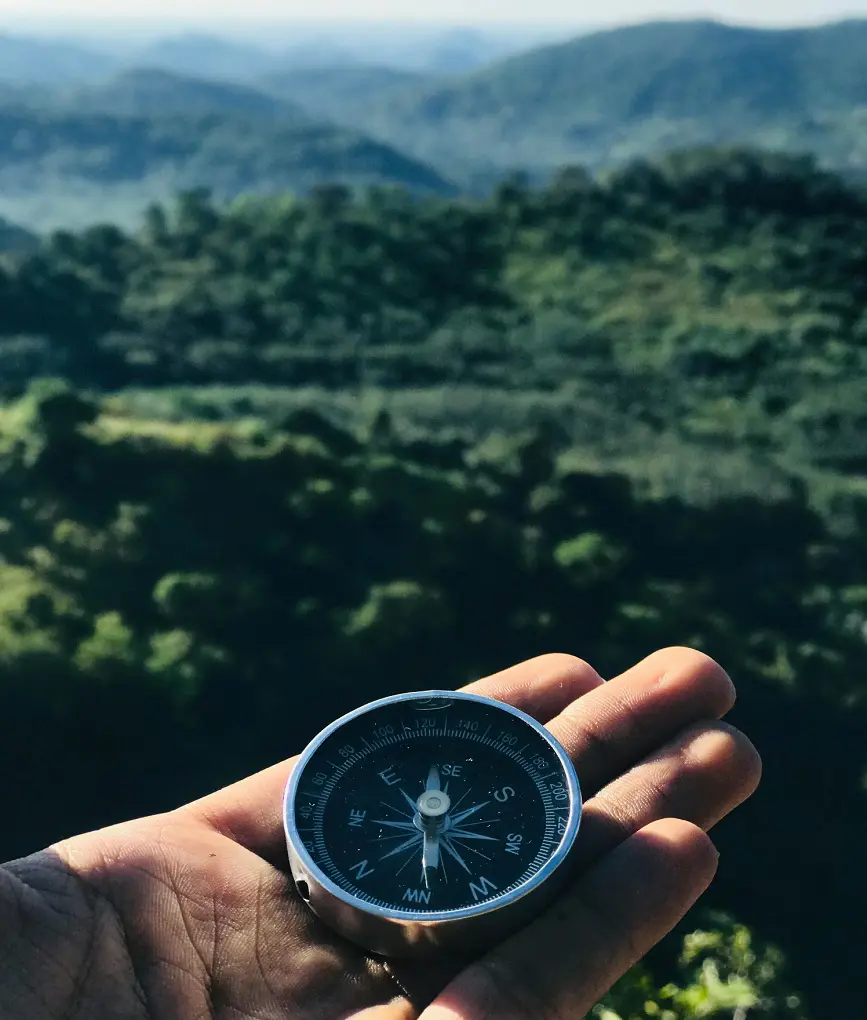If you are planning for a tough-fighting freshwater fish to add to your bucket list, you rather learn how to catch carp fish. These species are severely unacknowledged in the United States. However, they flourish all over the world and are well-known for their capacity to grow to enormous sizes.
Carp was traditionally seen to be a tough fish, inedible, and poor prey for sports fishermen; nevertheless, the angling world is increasingly coming to relish the challenges that carp fishing presents. These fish display many of the same habits as bass, challenging even experienced fishermen.
About Carp Fish
The carp, which is native to Europe and Asia was brought to the United States in the 1800s and has long served as a primary food source in many communities. This bottom feeder is a robust fish that can live in a range of environments and is commonly found in lakes, rivers, and ponds.
The biggest member of the minnow family, the carp, is similar to the goldfish, with a large rounded body, extended dorsal fin, forked tail, and barbels surrounding the mouth. Carp may vary in color from deep green to dazzling gold depending on the species and locale.
Carp grow to be around 30 inches long and weigh between 10 and 15 pounds. However, they have been reported to weigh between 20 and 30 pounds, with 60 pounds occasionally observed.
Learning how to catch them can be challenging and fun for most anglers. Carp are strong fighters that can be targeted and hooked from shore. Hence, we have listed 11 ways to catch carp fish.
1. Know When To Fish

Carp fishing is most effective between dawn and dusk. They, like other species, are most active at these periods, searching for bait. You may fish all day, but they may or may not bite depending on the water temperature, weather, season, and so on.
Summer is the finest season for carp fishing. Carp find this time of year enticing due to higher temperatures, longer days, and more abundant species. Aside from dawn and dusk, nocturnal hours may be excellent for carp fishing throughout the summer.
Going for carp fishing is often best when the weather is calm and there is some shade. They prefer cloudy skies and often go out in the rain. There are several opportunities to catch Carp throughout the year, so take advantage of them whenever you can.
2. Select Proper Location
Location plays one of the major roles in finding not just carp fish but any other fish. Hence, carp prefer murky water and are more prone to get startled in clean water.
These fish like warmer waters, therefore seek for murky water with lush vegetation near the coastline, backwaters, and side channels. Carp spend most of their time eating insects amid watery plants. Look for muddy water and the wake left by fish activity along river banks.
3. Set Up Your Rod and Reel
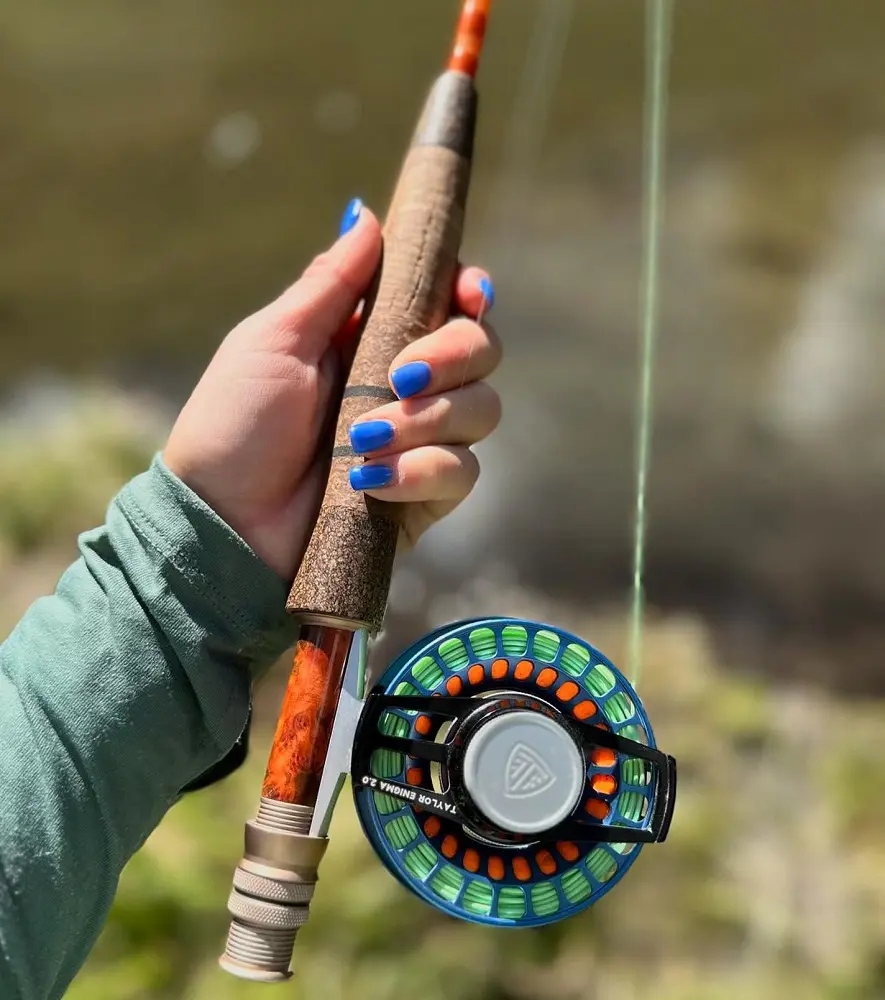
River fishing often involves short-distance casting, thus an appropriate rod length is roughly 4-6 feet. This length is ideal for fishing in confined locations along shorelines and vegetation. For bigger bodies of water, use an 8-10 ft rod to improve long-distance throwing.
The most popular reel for carp fishing is a bait-feeder spinning reel with dual drag mechanisms. The Shimano Baitrunner is popular among regular carp fishermen.
The Monofilament line is ideal for carp fishing since it sinks nicely in waters with little current. Most fishermen, however, believe that the braided line is more robust and inelastic, allowing them to maintain greater touch with the fish.
When it comes to capturing carp, the higher the test weight of the line, the better. Begin with a 30 lb. test line and work your way up to bigger weights to determine which line permits you to apply the appropriate amount of pressure.
4. Using Rigs and Freelining Live Bait
When you come across starving Carp fish, it won't be hard to get them to bite. To use Freelining live bait, just cast your bait near the structure or protected areas, add a sinker if required, and wait for the thump. Some fishermen prefer to use bobbers to see when their bait is being eaten.
Likewise, rigs are frequently employed for carp, with both live and artificial bait components. The usage of rigs is aimed to attract more Carp and allow them to feed with less chance of losing the fish. Hair rigs, bottom feeder rigs, and pop-up rigs are some of the most common Carp rig designs.
Whatever approach you decide to take, just keep in mind to be patient and make sure you battle your carp wisely once you've hooked them. Allow them to run if they tug. Reel and maintain the line's tension if they give slack. Make sure to remove them from any structures and avoid letting the line rub. Once you have them in the clear, as you bring them closer, be mindful of your line tension.
5. Selecting Best Carp Baits
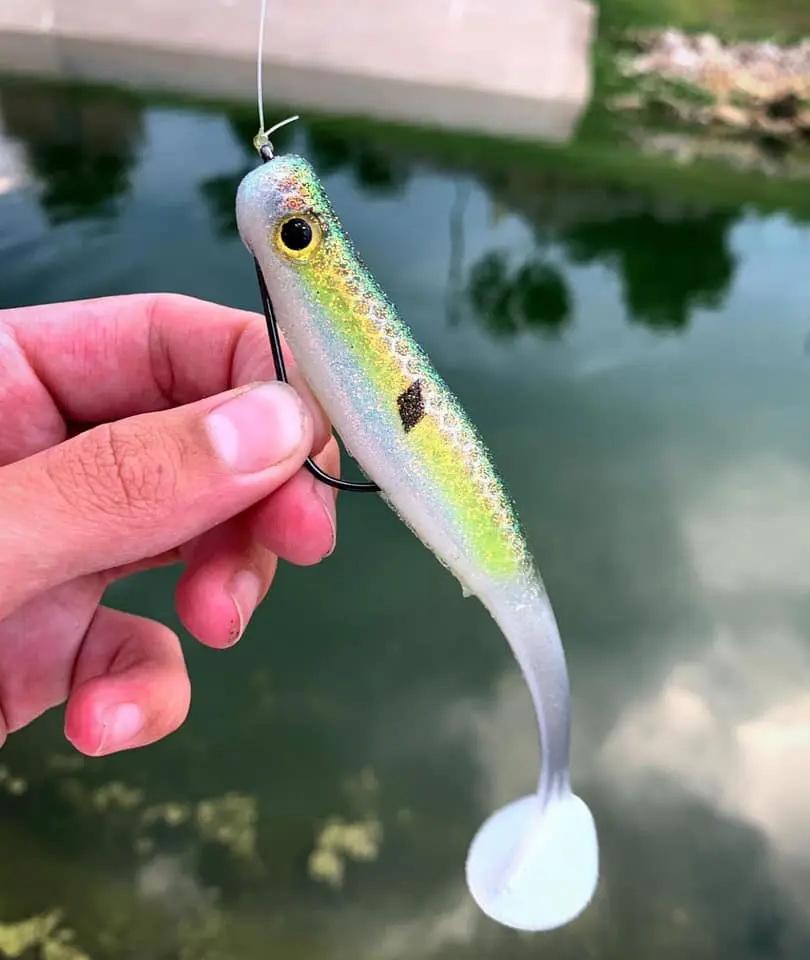
Because Carp fish normally consume nearly everything, they are not fussy or picky eaters. It won't be too difficult to use carp bait as you have a lot of options to choose from, and some of them are special.
Live Bait
The most common live baits for carp include worms, minnows, maggots, and small fish species. Carp are drawn to their vibrant energy and attractive looks, so you may either obtain some by yourself or buy some from bait or fishing supply stores.
Artificials
Artificial bait comes as another option after live bait. Using artificial baits, you can replicate live species, regulate the fragrance, add more, and fish right away without having to collect your live bait.
Some of the most well-known carp lures include the Korda Pop-Up Maize, various soft plastics, and jig heads. For a hungry carp, anything that imitates live bait or the fish's preferred meal items will do the trick.
6. Gears for Carp Fishing
Whichever method of fishing you want (spinning, baitcasting, fly fishing, etc.), there are several setups for carp fishing. Just note that you'll need something dependable with comparable characteristics for various kinds of equipment.
Rod and Reel
Good rods are necessary to get the perfect setup started. A 7-foot medium rod is ideal for fishing for carp. Sort your rod and reel by adding a 3000 spinning reel to it. Now talking about the Line, braiding between 10 and 15 pounds will give a dependable yet thin line.
Leader and Hooks
An excellent start for your leader is 25 pounds. However, increasing the leader will assist reduce line tension and breakage danger for larger carp. The ideal hook sizes for carp are around 6. Because carp have good vision and might be frightened by flashy metal, try using hooks that are dark in color or camouflaged.
7. Avoid Shiny Hooks
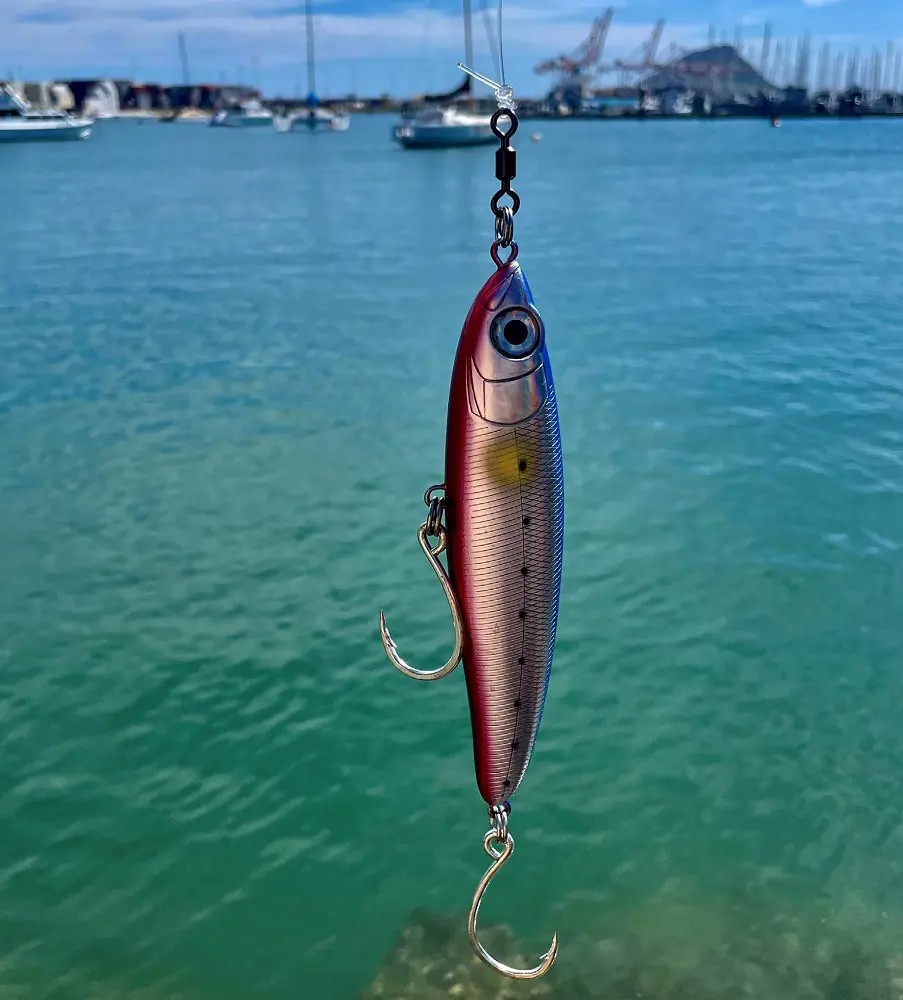
Carp are known to be intelligent fish that behave cautiously, and they are especially attentive to visual cues. These fish are particularly perceptive of glares produced by shiny hooks due to their reflecting surfaces. Carp may be deterred from hitting at the bait by this brightness, which makes them think the hook is abnormal or threatening.
As mentioned above, the use of dark or camouflaged hooks is crucial to improving carp fishing results. Because of their ability to fit in perfectly with the underwater scenery, these hooks are less noticeable to fish. Anglers may greatly improve their chances of attracting carp to strike and eventually land a fish by employing such hooks.
8. Chum the Water
Anglers have long used chumming the water to lure carp to the hook. There are many different techniques to chum the water for carp, but the secret to any lure technique is to not overfeed the fish. A full tummy makes a carp less likely to take a swing at your bait.
Throwing a few handfuls of your bait over the surface of the water where carp eat is the easiest method to chum. For better distribution, you might need to smash the boilies a little bit if you're using them.
Using mesh or dissolvable PVA bags loaded with chum and rigged and submerged in water is another popular technique. To conceal your hook, bait, and break, you may make your own pack of bait by combining breadcrumbs, jello, and sweetcorn. To chum the area, pack bait breaks off slightly in the water.
9. Try Bowfishing
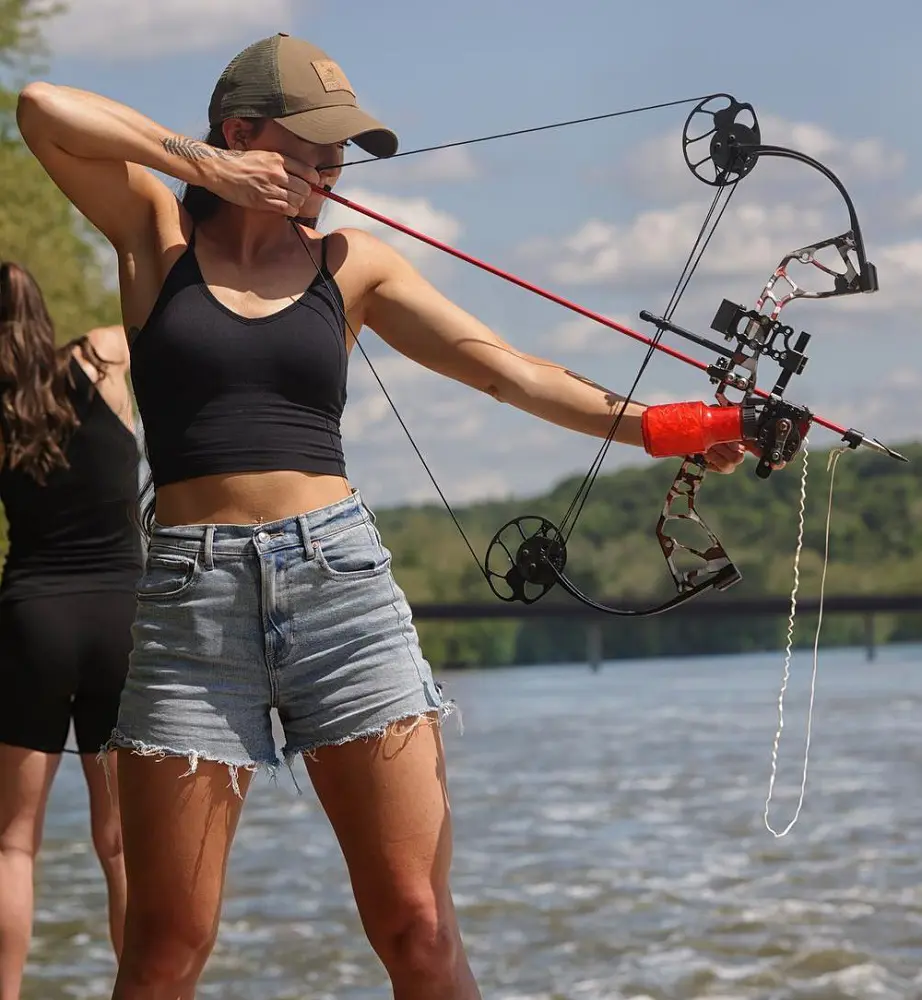
Bowfishing for carp is an excellent way to vary up your typical fishing outing and make it more challenging. Bowfishing fanatics love carp because they stay at mid-level depths along the lake or river shoreline, where bowfishers can shoot precisely. This makes carp one of the most sought-after species.
It is often necessary to wade into the water from the bank because the greatest fishing spots are typically the most difficult to reach by boat. For beginners, bow fishing may be rather difficult. To bowfish effectively, one must be committed and persistent, as the ability to aim for fish is based on experience and muscle memory.
10. Know About Carp Fishing Regulations
Depending on the region you're in, there are many different guidelines regarding carp fishing regulations. To find out what carp regulations are in effect where you are fishing, you should contact your local region.
Certain US states allow harvesting without size or bag restrictions, but, they are recognized as "invasive" species in Florida. There are harvesting restrictions and bag limitations in effect in some areas.
Another thing to keep in mind is that, in most cases, casting a line requires a fishing license. They are available online, over the phone, or in person at sports goods stores and local government offices.
11. Fish in Productive Spots and Places
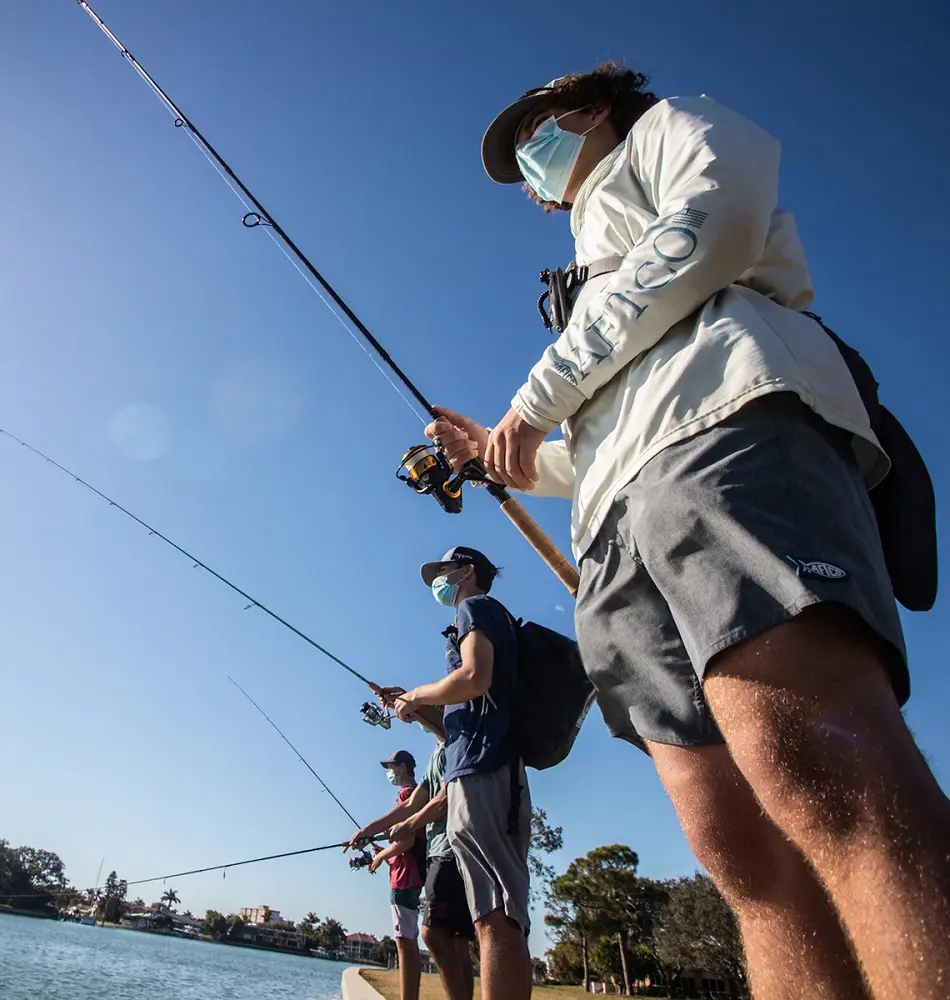
For the past 150 years, carp have been quietly thriving in the United States, taking up habitat in almost every lake, reservoir, and river in every state except Alaska. Hence, some of the most productive spots and places to fish Carp are:
- Mississippi River
- Great Lakes
- Central and Southern Reservoirs
- Coastal Estuaries
- Farm Ponds and Lakes
- Urban Waterways
- River Systems in the Midwest
- Southern Swamps and Marshes
Facts About Carp Fish
Some of the facts that you should know about Carp fish are as follows:
Carp Are Bottom Feeders
Any kind of fish that feeds on or near the bottom of any body of water is referred to as a bottom feeder. Since carp sustain themselves by foraging for food on the lakebed, they also cut bottom feeders. When they eat, they also agitate the bottom, which frequently results in muddy water.
The mouth of carp is another feature that makes them bottom feeders. A mouth that points downward is characteristic of all bottom feeders, including carp.
Carp Eat Almost Anything
Carp are omnivores, meaning they will consume anything from dead insects to tiny fish to algae. Their barbels assist them in determining which foods are appropriate for consumption. The teeth at the end of their mouth digest the meal.
Carp frequently eat fish eggs, bug larvae, decaying plant materials, and mollusks. Thus, when food becomes limited in the winter and water temperatures drop, carp tend to reduce their activity. This idleness enables them to preserve energy.
Carp Live In Quiet, Muddy Waters
Carp may be found by anglers in muddy, slow-moving bodies of water, such as lakes or reservoirs. Generally, carp need warmer water with muddy substrates. Carp can also be found in muddy waterways at lower elevations or brackish ponds.
However, Carp has the amazing ability to live in a wide range of environments. The majority of fish populations have suffered from low oxygen levels and poor water quality. Carp has, nonetheless, managed to thrive under these circumstances.
Carp Slow Down In The Winters
Although carp do go into a form of hibernation throughout the winter, certain varieties can still be caught with enough effort. Carp enter a state of low feeding as the water gets chilly. They also move at a very sluggish pace in order to save energy.
When carp go into conservation mode, they usually sink to the bottom. Yet, certain species, including the common and mirror carp, do occasionally show up in the winter.



